
Compounds (C) and (D) can be distinguished by :
A
NaHCL3
B
H.V.Z. reaction
C
KMnO4/H⊕
D
AgNO3
Video Solution
Text Solution
The correct Answer is:B
(b) Formation of (E) suggests monosubstituted acid and reaction of 1mol of H2 with (A) and (B) shows one (C=C) bond. There are 6D.U.[4D.U.for(Ph) group, 1D.U. For (COOH), and 1D.U for (C=C)] in both (A) and (B).
Chiral compound with nine C atoms would be 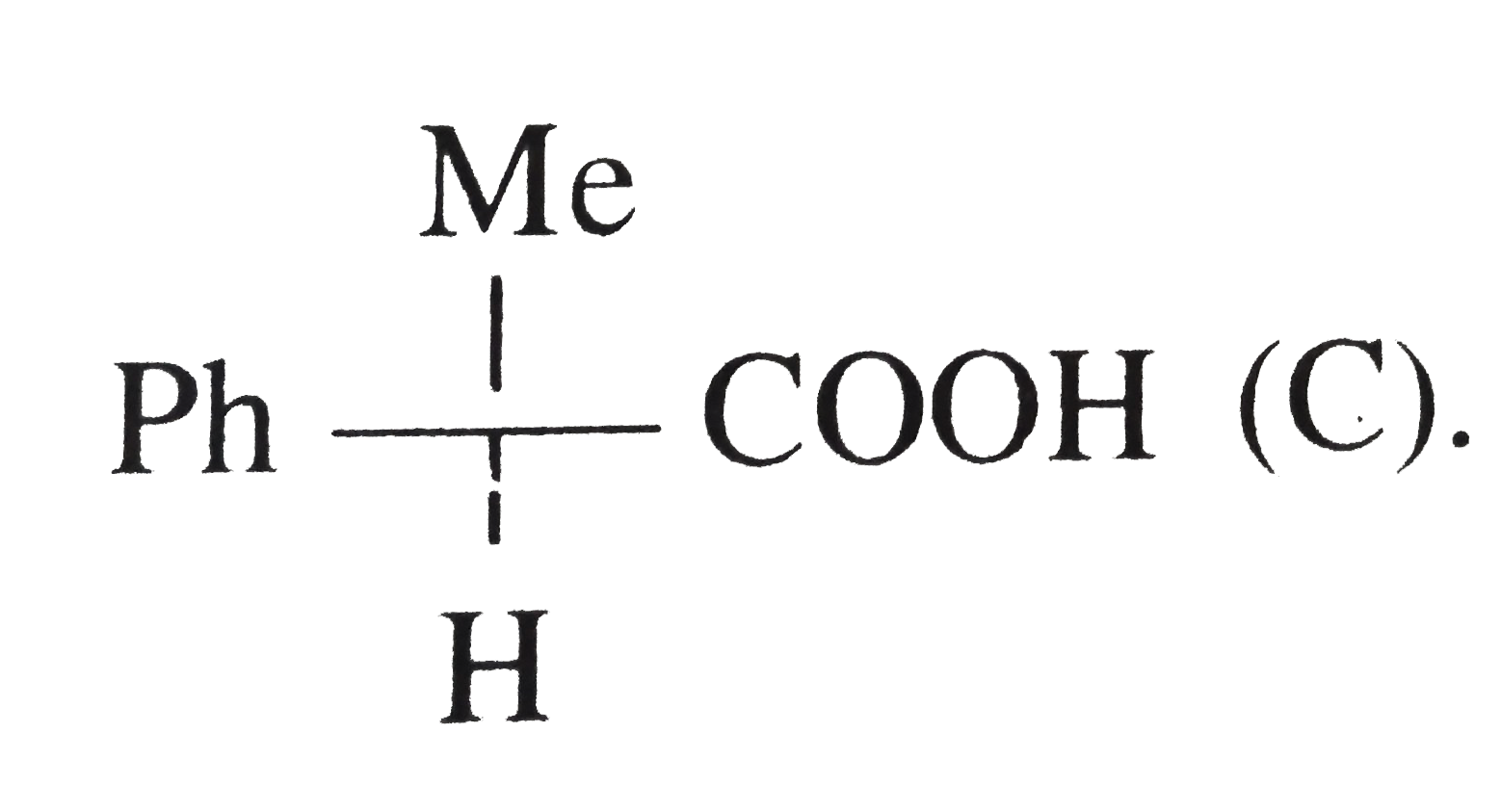
Reactions :
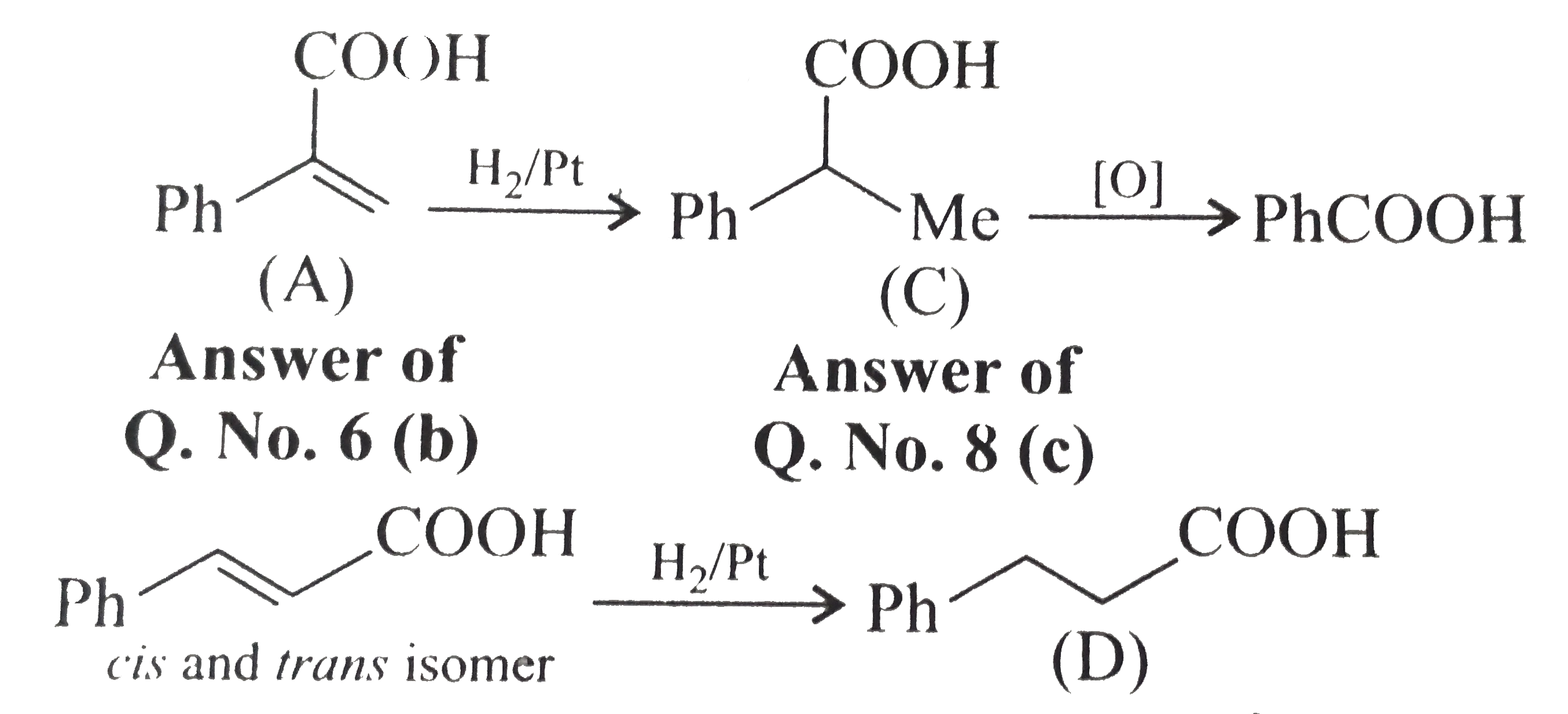
Here, (C) and (D) can be distinguised quantitatively by H.V.Z reaction (C) has one α−H atom and would give monochlorinaed product, whereas (D) has two α−H atoms and would give dichlorinated product. The chlorine content in the chlorinated derivatives of (C) and (D) is determined by quantative methods.
|
Topper's Solved these Questions
- CARBOXYLIC ACIDS AND THEIR DERIVATIVESBOOK - CENGAGE CHEMISTRYCHAPTER - CARBOXYLIC ACIDS AND THEIR DERIVATIVESEXERCISE - Exercises (Multiple Correct)
35 Videos
- CARBOXYLIC ACIDS AND THEIR DERIVATIVESBOOK - CENGAGE CHEMISTRYCHAPTER - CARBOXYLIC ACIDS AND THEIR DERIVATIVESEXERCISE - Exercises (Singlecorrect)
64 Videos
- CARBOXYLIC ACIDS AND THEIR DERIVATIVESBOOK - CENGAGE CHEMISTRYCHAPTER - CARBOXYLIC ACIDS AND THEIR DERIVATIVESEXERCISE - Exercises (Subjective)
19 Videos
- BIOMOLECULES, POLYMERS AND CHEMISTRY IN EVERYDAY LIFEBOOK - CENGAGE CHEMISTRYCHAPTER - BIOMOLECULES, POLYMERS AND CHEMISTRY IN EVERYDAY LIFEEXERCISE - QUESTION BANK
8 Videos
- CHEMICAL KINETICSBOOK - CENGAGE CHEMISTRYCHAPTER - CHEMICAL KINETICSEXERCISE - Archives Subjective
23 Videos
Similar Questions
Knowledge Check
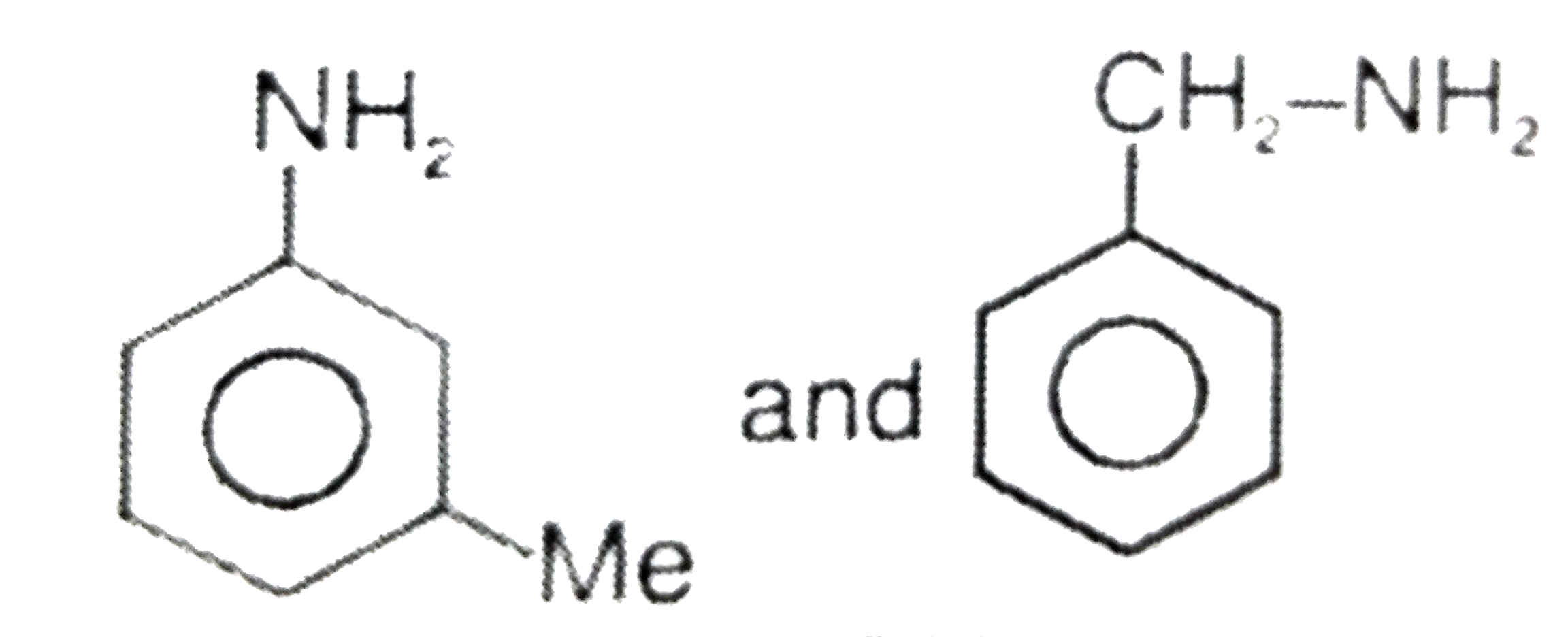 can be distinguish by ACHCl3+KOHBNaNO2+HCl followed by β-NaptholCCS2+HgCl2DNa metal
can be distinguish by ACHCl3+KOHBNaNO2+HCl followed by β-NaptholCCS2+HgCl2DNa metal , O3/Zn,H2O−−−−−−−→(X)+(Y)
, O3/Zn,H2O−−−−−−−→(X)+(Y)
Compound (X) and (Y) can be distinguish by :ATollen's reagentBFehling solutionCHaloform testD2,4-DNP TestFungi can be distinguished by
Aabsence of chlorophyllBpresence of chitin in cell wallCpresence of plastidsDboth (a) and (b).
 A+B formed can be distinguished by :
A+B formed can be distinguished by :
View Solution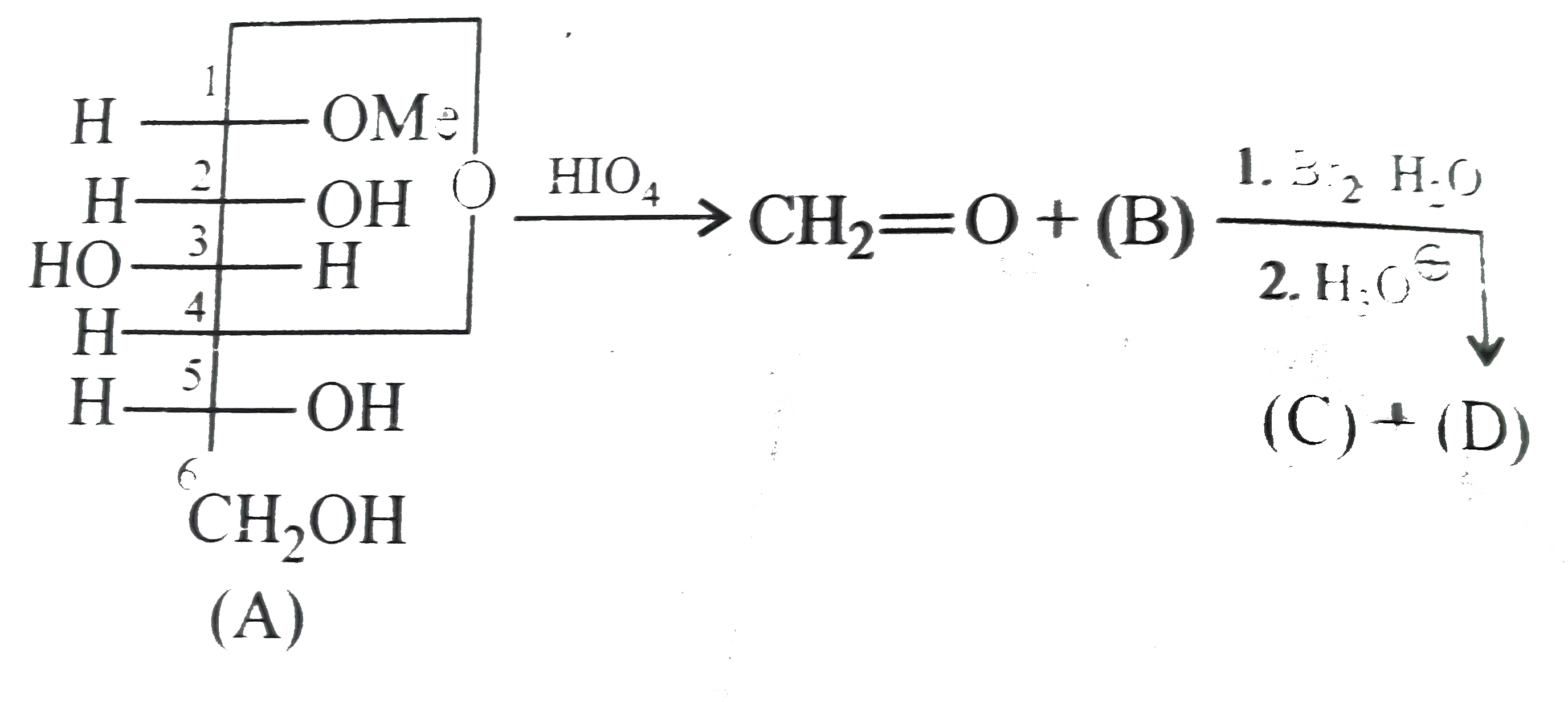
Compound (C) and (D) are:
View Solution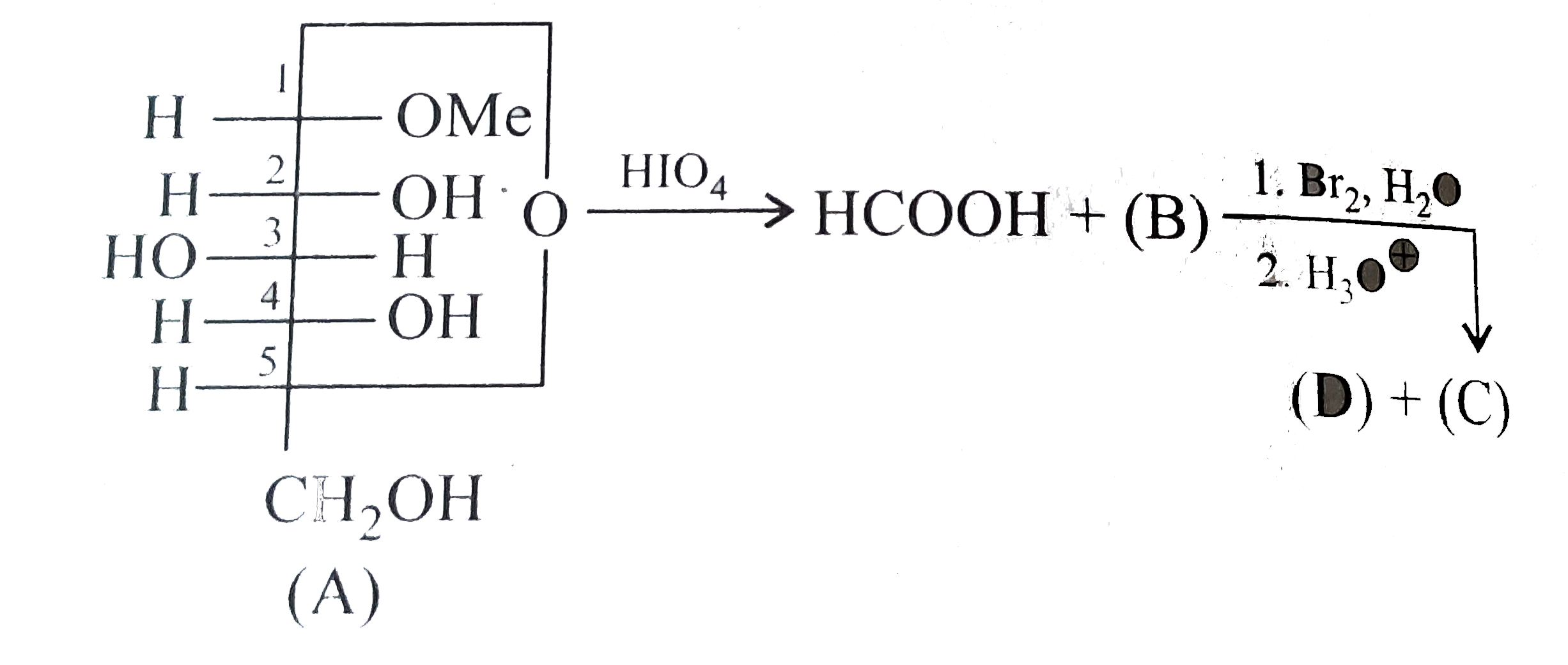
Compound (C) and (D) are:
View SolutionThe following two compounds I and II can be distinguished by using reagent

(a) aq. NaHCO3 (b) Neutral FeCl3
(c) Blue litmus solution (d) Na metal
(e) HCl/ZnCl2 anhydrous
View SolutionThe following two compounds I and II can be distinguished by using reagent

(a) aq. NaHCO3 " " (b) Neutral FeCl3
(c ) Fehling solution " " (d) Na metal
View Solution


